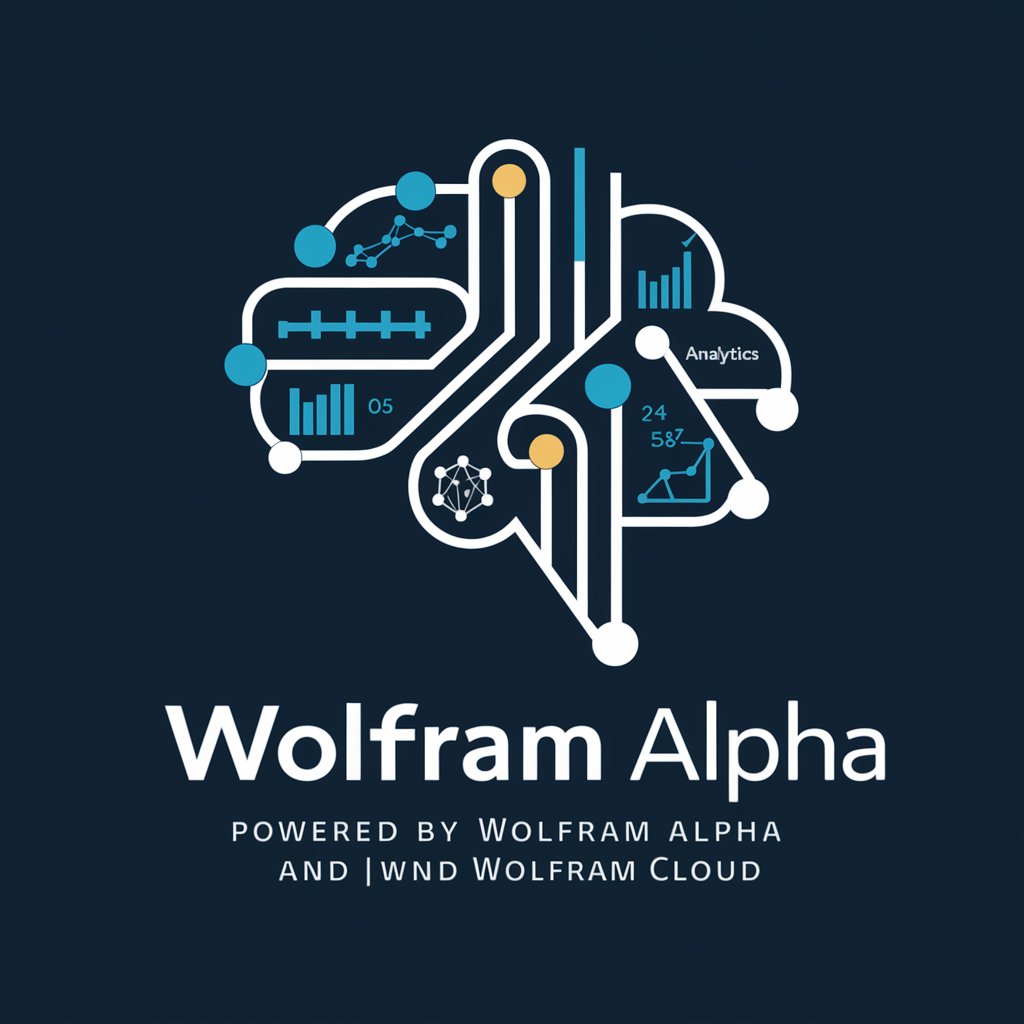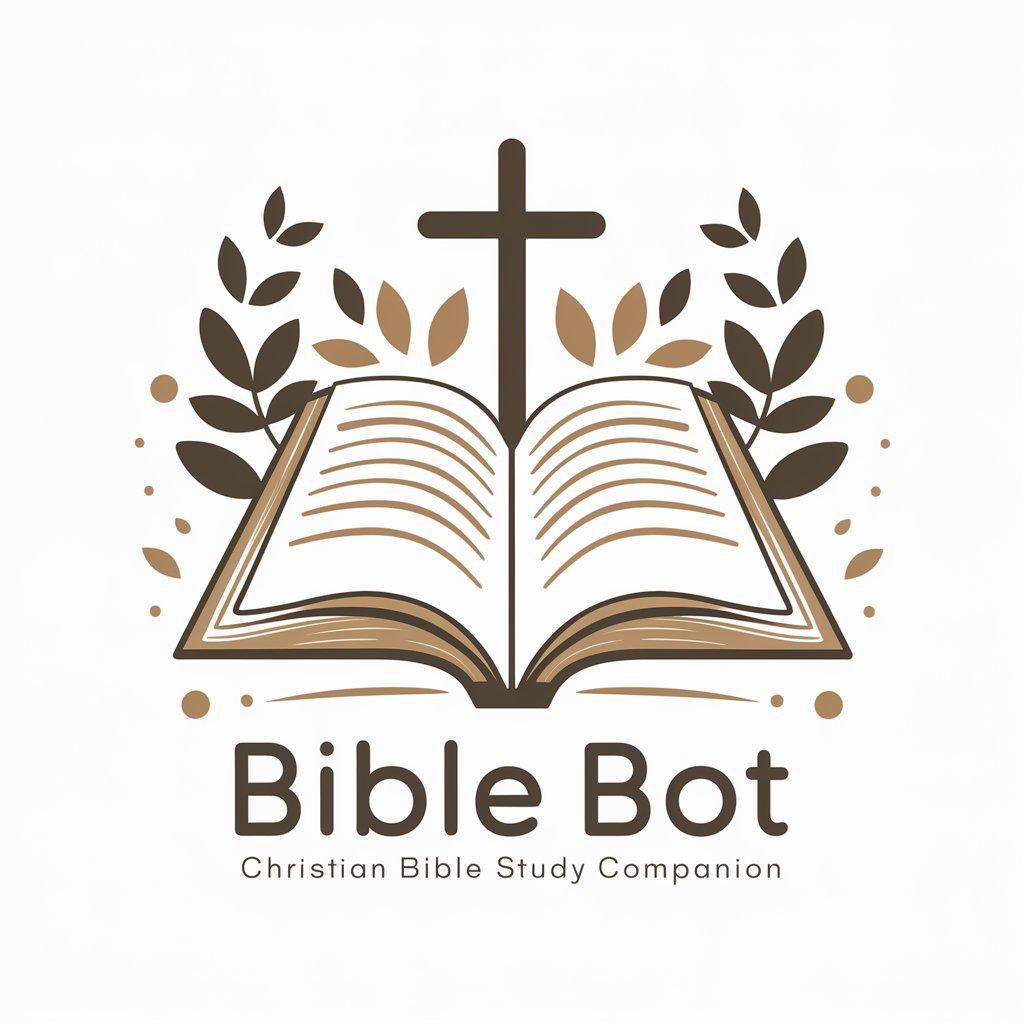Wolfram - Powerful Computational Tool

Welcome! How can I assist you with Wolfram's capabilities today?
AI-powered Computational Knowledge Engine
Generate a summary of the most recent advancements in AI.
Analyze the nutritional content of a common breakfast meal.
Calculate the population growth rate of a specific country over the last decade.
Visualize the trend of global temperatures over the past 100 years.
Get Embed Code
Overview of Wolfram
Wolfram, primarily known through its flagship product Wolfram|Alpha and the Wolfram Language, is a computational knowledge engine and programming language designed for both complex and simple computations and data analysis. It integrates a vast amount of information across various disciplines and offers powerful computational capabilities. For example, Wolfram can perform mathematical calculations, process natural language queries, generate reports, and visualize data. A scenario illustrating its utility is a student using Wolfram|Alpha to solve calculus problems by entering the equation directly into the interface and receiving step-by-step solutions, or a researcher analyzing weather data over the past decade to identify climate change patterns using the Wolfram Language. Powered by ChatGPT-4o。

Key Functions of Wolfram
Mathematical Computations
Example
Solving algebraic equations, integral and differential calculus.
Scenario
A university student uses Wolfram|Alpha to understand complex calculus concepts by inputting integrals and receiving step-by-step solutions, including integration techniques and graphical representations.
Data Analysis and Visualization
Example
Creating visual representations of data sets, statistical analysis.
Scenario
A data analyst uses the Wolfram Language to import a dataset, perform statistical analysis, and create interactive visualizations to present at a company meeting, identifying key trends and outliers.
Natural Language Processing
Example
Interpreting and answering queries in natural language.
Scenario
A user queries Wolfram|Alpha about the distance from the Earth to Mars, receiving not just the current distance but also an explanation of how this distance varies over time.
Knowledge-Based Queries
Example
Accessing curated data on historical events, geographic facts, scientific concepts.
Scenario
A high school teacher uses Wolfram|Alpha to gather facts about World War II, including timelines, key figures, and casualty statistics, to create an informative presentation for students.
Target User Groups for Wolfram Services
Students and Educators
Students ranging from high school to university level, along with educators in various subjects, can leverage Wolfram's capabilities for learning, teaching, and research purposes. The platform provides tools for solving mathematical problems, verifying calculations, generating plots, and accessing vast amounts of educational content.
Researchers and Scientists
Professionals in fields such as physics, biology, chemistry, and social sciences use Wolfram for data analysis, modeling, simulation, and visualization, benefiting from its extensive database of scientific knowledge and computational power.
Data Analysts and Engineers
These users apply Wolfram's data processing and visualization tools in their workflows to analyze complex datasets, create models, and generate reports, optimizing decision-making processes across industries like finance, healthcare, and engineering.
Developers and Programmers
With the Wolfram Language, developers can build and deploy interactive applications, perform algorithm development, and integrate computational intelligence into a wide range of software projects and applications.

How to Use Wolfram
Start Your Journey
Visit yeschat.ai to begin exploring Wolfram's capabilities without the need for signing up or subscribing to ChatGPT Plus.
Identify Your Query
Consider what you want to achieve with Wolfram, whether it's solving a complex mathematical problem, analyzing data, or obtaining factual information.
Choose the Right Tool
Decide between using Wolfram Alpha for straightforward queries or the Wolfram Cloud for more complex computations and data analysis.
Input Your Query
Enter your question or computation in the input field, using specific keywords or Wolfram Language code as required.
Interpret the Results
Review the results provided by Wolfram, taking advantage of visualizations and detailed answers to deepen your understanding.
Try other advanced and practical GPTs
Creative Seed
Unleash creativity with AI power

Lexicon Lighthouse
Elevate Your Writing with AI-Powered Insights

This person does not exist
Crafting Unique Faces with AI

Monopoly Mate
Elevate Your Monopoly Game with AI

Cat
Meow meow meow meow

Comfort Chat
Empowering emotional support through AI.

Bible Bot - Christian Companion
Guiding Your Spiritual Journey with AI

Swift Translator
AI-powered, precise Swift translations

Ask Hagrid
Magical insights at your fingertips.

Battle Master
Epic battles analyzed by AI

Bar.Chat
Your AI-Powered Bartender Assistant

Cavalla Studios
Illuminate Your Space with AI

Frequently Asked Questions About Wolfram
What types of problems can Wolfram solve?
Wolfram can solve a wide range of problems, including complex mathematical calculations, data analysis, scientific research, and obtaining precise factual information from its extensive knowledgebase.
How does Wolfram differ from standard search engines?
Unlike standard search engines that provide links to external sources, Wolfram computes answers directly using its vast curated database and computation engine, offering precise and immediate solutions.
Can Wolfram help with academic research?
Yes, Wolfram is an invaluable tool for academic research, providing data analysis, visualization tools, and access to a wealth of scientific data, helping researchers validate hypotheses and interpret data.
Is Wolfram suitable for programming and development?
Absolutely, Wolfram's computational engine and language offer powerful programming capabilities, allowing developers to create complex models, analyze data, and build applications with sophisticated algorithms.
Can I use Wolfram for real-time data analysis?
Yes, Wolfram can perform real-time data analysis, leveraging live data feeds and sophisticated computational algorithms to provide up-to-date insights and visualizations.
